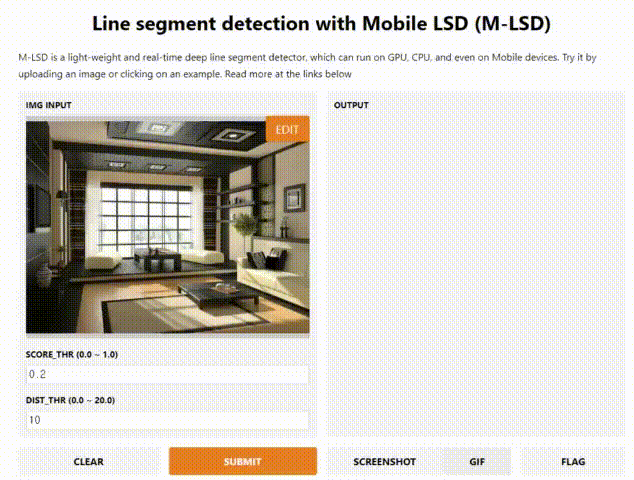Towards Light-weight and Real-time Line Segment Detection
Previous deep learning-based line segment detection (LSD) suffers from the immense model size and high computational cost for line prediction. This constrains them from real-time inference on computationally restricted environments. In this paper, we propose a real-time and light-weight line segment detector for resource-constrained environments named Mobile LSD (M-LSD). We design an extremely efficient LSD architecture by minimizing the backbone network and removing the typical multi-module process for line prediction found in previous methods. To maintain competitive performance with a light-weight network, we present novel training schemes: Segments of Line segment (SoL) augmentation, matching and geometric loss. SoL augmentation splits a line segment into multiple subparts, which are used to provide auxiliary line data during the training process. Moreover, the matching and geometric loss allow a model to capture additional geometric cues. Compared with TP-LSD-Lite, previously the best real-time LSD method, our model (M-LSD-tiny) achieves competitive performance with 2.5% of model size and an increase of 130.5% in inference speed on GPU. Furthermore, our model runs at 56.8 FPS and 48.6 FPS on the latest Android and iPhone mobile devices, respectively. To the best of our knowledge, this is the first real-time deep LSD available on mobile devices. Our code is available.
PDF Abstract







 Wireframe
Wireframe
